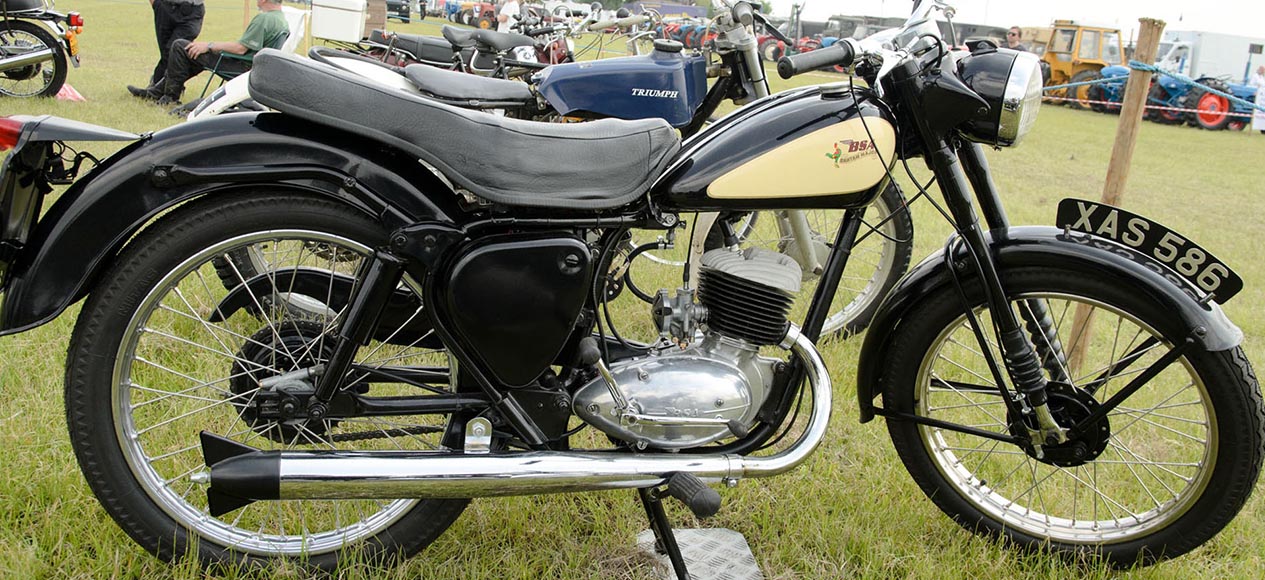Sometimes iconic bikes get their status by virtue of being super rare or mega exotic, while other times it’s the fact that the provided simple and cost effective transport to the masses.
Just like Honda’s legendary C90 Cub, the BSA Bantam falls firmly in the latter category. The small two-stroke, introduced in 1948, got Britain moving in the post-war years.
Considering that the Bantam is a bona fide British classic, a first motorcycle for many a UK biker, the design can actually trace its roots back to 1930s DKW from Germany.
That heritage wasn’t common knowledge back in the day but, as part of the war reparations, the design was given to BSA and several other companies, including Harley-Davidson, who made several models based upon the same drawings. The first Bantams were effectively mirrored copies of the German bikes, tweeted for the British market – which meant switching the sides of the foot controls (Brit bikes had right hand gearchanges) and changing the nuts and bolts from new fangled foreign metric sizes to old fashioned British Imperial ones.
Over 250,000 Bantams were produced between 1948 and 1971 (the exact number was almost certainly more, but no-one kept accurate records). All Bantams were simple machines. Early bikes had a 4bhp 125cc two-stroke engine that powered it to a top speed of 45mph, more than enough when you consider these didn’t have any rear suspension.
By 1954 the Bantam had grown to 150cc, and over 5bhp, and had adopted a simple plunger style rear suspension. The final iteration, the 175s from 1969 onwards, had over 12bhp and a top speed of 65mph. The last bikes also had four (as opposed to three) cogs in the gearbox and a more modern frame with a swingarm and twin shock absorbers.
The Bantam’s time ended in the early 1970s. As with most British bikes of the period, companies failed to invest in new model development and a whole host of new models from Japan came along and made the design obsolete. Still, it had a good innings. BSA produced the Bantam for 23 years (and the design had been around for almost two decades before then too).
That’s not to say that the Bantam did not play an important role in the landscape of 1970s motorcycling in the UK. BSA may have hit the skids in 1972, going bankrupt in a torrid era for British bike brands, but second hand Bantams continued to provide effective first motorcycles for a generation of riders throughout the decade.
Today Bantams can make an excellent choice as a first classic bike. The very best examples can go for up to £7000, but scruffy runners can be had for around a quarter of that. Even basket case restoration jobs, which can be picked up for £500 or so, can be tackled by the inexperienced mechanic, making them a great bike upon which to learn how to work the spanners. Imperial spanners, of course!





